|
Having spent the previous two days in an unrequited search for eagles we changed tack. After all we'd had two totally splendid days feasting our eyes on what was there. Red kites[1] and buzzards can frequently be seen from our own picture window in bucolic Oxfordshire. We refocused our attention by about one-and-a-half millennia. Backwards. Iona What had attracted an Irish monk, some feisty nuns and hordes of hippies to Iona over the intervening centuries. As far as we could establish, St. Columba and a few followers rocked up from distant Ireland to settle on a formidable 877 hectares and built the island's first Celtic chapel. The spirituality of the place has continued to this day and the hippies are still rocking[2]. Believe me, we got to Iona via a modern ferry and that was pretty scary with a hooley blowing. Even more so after wandering about the island's lanes and the hooley had stepped up its hooliness, causing some doubt as to whether the ferry would return to repatriate us to Mull. But, before that, we had to get from Craignure to Fionnphort, a distance of some 35 miles along a single-track road (with passing places). A daunting prospect for our behemoth, especially as we'd heard that some irreverent campervan owners were testing the forbearance of the normally kind locals. So the bus it was. The bus driver was polite but unsmilingly uncommunicative when we boarded the service for Fionnphort. We did warm to him on the outward journey, primarily because of his courtesy towards other road users, happily pulling off into a passing place to allow another vehicle to pass, even if it was overtaking us. Also because he took the time to stop along the way to deliver supplies to remote communities. When we arrived at our destination he parked in the allotted bays at the top of the incline. Greenhorns that we were, we had to ask him about the protocols for using the ferry and getting back in time for the last return to Craignure. His response was polite and accurate. We had a bumpy ferry crossing to Iona. Stepping on to terra firma was a relief and we set off to explore. Most of what we looked at is covered more than adequately in the tourist info. Kinda liked the path well-trodden (below) between St. Oran's chapel and the Abbey and Nunnery (it seems there are two nunneries today, this one may have been incorporated into the abbey as late as the latter's restoration in 1936, the island's religious significance having been paused for a good few centuries until less than 100 years ago[3]) Eventually the icy blast drove us indoors for homemade tea and cake (there's a theme developing here) at the Heritage Garden Café. En route to the café was a museum shop where we procured a slightly more chatty, and perhaps saucily controversial, Iona leaflet to study with our morning repast. Shan had decided (in my estimation, correctly as usual) that the older (probably original) nunnery was the most interesting place to explore more thoroughly. This was about a third of a mile SSW of the Restored Abbey. It seems that, since the 1760s, this nunnery has survived only as a set of substantial ruins . The challenge with Iona is that its aura has been built from some serious research and some seriously conjectural myth. This is part of the charm. Long may it continue. So, despite her inscrutable smirk, I dutifully followed my wife down the road. A few little hints over tea and cake had made the quest sufficiently intriguing to leave the warmth of the café and continue the pursuit of what could quite easily have been fiction (and may still be). After some peering through windows and taking in ruins of gable frames by gazing through arches, I had to be thrown a few morsels: "The first prioress of this nunnery is believed to have been Bethóc, sister of the founder of the abbey," my beloved intoned, "apparently it was quite an enlightened place for the early 13th century." It transpires that Bethóc's sibling, Ragnall mac Somairle, had founded the Benedictine Iona Abbey in 1203 and is said to have followed up with the Augustine nunnery sometime (shortly) afterwards. The intriguing bit for both of us were the rumours that the nunnery was a long way ahead of its time in terms of women's emancipation. Of course I am way out of my comfort zone with all this because I have never engaged in Religious Studies and have no concept of the differences between Benedictine and Augustine philosophies. I am just an ageing hack who loves a good story. I do try to check the facts but this is far beyond the realms of my capabilities. Lifetime academics[4] have pursued this stuff and still seem a long way from what actually took place 8 centuries ago, on a remote island, in a pretty far out location. While I ruminated on this, Shan seemed to be flitting from place to place, looking for something specific. When questioned, it may just be my memory but, I could swear she tapped the side of her nose before darting off again. "Found it," the shout came from the other side of a wall. I rushed around to see what it was all about. "There it is," Shan exclaimed pointing at this (below). "What is it?" I was puzzled. Understandably you may think? I hadn't had foreknowledge of appearances of Sheela Na Gig around Europe in the 11-13th centuries. Apparently, this could be one. On a brief tangent, there has been a local (English) controversy about the statue commemorating early feminist, Mary Wollstonecraft. Sculptor Maggi Hambling chose to surmount the tribute to the 18th century Enlightenment philosopher with a realistic naked woman with a very prominent adornment of pubic hair resembling a Brillo pad. Was this a prurient attempt at sensationalisation? Certainly the sculpture has been criticised for its depiction of nudity and objectification of the female form. The counter argument may be that it was a genuine attempt to celebrate the freedom of womanhood. It is not my place to judge, merely to draw comparisons with some Sheela Na Gig assertions involving the Iona nunnery. Is it prurient publicity seeking or is it a legitimate subject for conjecture? Was Sheela the embodiment of women's freedom in the early part of the previous millennium. Many far more learned people have tried, seemingly unsuccessfully, to establish its provenance. There is a convenient rock link right there, though. PJ Harvey released an eponymous song in 1992. And so back to the main island. His hooliness gave the ferry journey an appropriate frisson, though, as we pitched and rocked our way to the opposite slipway at Fionnphort. Best free tour ever The same driver who brought us to Fionnphort was taking us back to Craignure. At first he seemed to have the same disposition, too. Not for long though. This time there were only 3 passengers in his vehicle, Shan and I were joined by a charming Bostonian academic, brimming over with enthusiasm after her visit to Iona. Now she wanted to know more about Mull. I can't remember what her first question was to our driver but he looked at Shan and me and asked if we minded if he pulled over in a passing place to answer our new-found Bostonian friend's question more fully. We were delighted. "Take all the time you want," we chorused, "we aren't going anywhere at the other end." This was his cue. Full of humorous erudition underpinned by an encyclopaedic knowledge of Mull, the three of us were royally entertained for way more than an hour. There wasn't a question we asked that he couldn't answer. Fairly early on, there was a convenient stopping place with magnificent mountains in view. We learned that only Skye and Mull had proper mountains[5]. Then the subject of the relatively recent bridge to Skye came up. Apparently the Skye locals had mixed feelings about it. The island had become too busy, he thought. "But surely it means more revenue for Skye businesses?" one of us asked. "Not as much as you'd think. It's become a bucket list destination and many of the tourists arrive on a bus, take a selfie as soon as they set foot on Skye and then head straight back. It's easy now there's no toll." At one point we came upon two cyclists, struggling up a hill into the furious headwind. They still had more than half their journey to complete. "Need any help?" our man inquired, "maybe even pop your bikes on the bus?" "We should be OK," one of the pair replied, "it would be a cop out if we gave up now." "Not even a top up of water?" he persisted. "We still have plenty," she responded showing him her water bottle. "Well take care, won't you." We resumed our journey. As we were nearing our destination, the three of us brimming over with the serendipity of it all, the inevitable question came up: "Have you lived here all your life?" I think it was our friend who asked. "Not at all," our driver responded, "only a few years." "But ... ," as mentioned previously, he had not faltered once at a question. Some of the answers were very detailed and the questions contained some fairly obscure minutiae. "I love reading," our man replied with an impish grin that we could all discern in his rear view mirror. "Besides, how would you know if I wasn't just making it all up." We just knew he wasn't as we waved goodbye at the Craignure bus station. Coming up: A bit about proper Scottish mountains. Leaving Mull. Showing Campy Tobermory.
Endnotes: [1] In terms of wingspan, red kites are marginally smaller than golden eagles (source: RSPB) but the latter are about 3-4 times as heavy ... presumably mostly muscle. White-tailed eagles are even bigger the their golden counterparts. Red kites narrowly missed extinction not very long ago. [2] In spirit, anyway. I imagine an Isle of Wight rock festival replay would be less welcome in the 21st century [3] My maths - could be highly suspect. [4] This blog has absolutely no pretensions to be an academic discourse but I did a little bit of reading to check one or two things. I can heartily recommend Neil Oliver's 2018 tome, The Story of the British Isles in 100 Places, which is far better researched and more entertaining, to boot. Especially the anecdote, overheard in Oban, of a couple asking for directions to 10 (ten) NA. The quick run through in Wikipedia has a reasonable summary with a host of references and citations to follow if a reader wishes to dig deeper. [5] I'll return to this subject in my last Mull episode
2 Comments
Alan Duggan
23/11/2020 04:18:46 pm
I'm not sure when you visited, but wonder if you ran into a journo friend from Cape Town named Adelle on your trip to Iona. I think she was flitting between the island and Findhorn.
Reply
Mark H
23/11/2020 11:29:43 pm
Hi Alan
Reply
Leave a Reply. |
AuthorMark Harrison - making travelling an adventure Archives
April 2024
Categories |
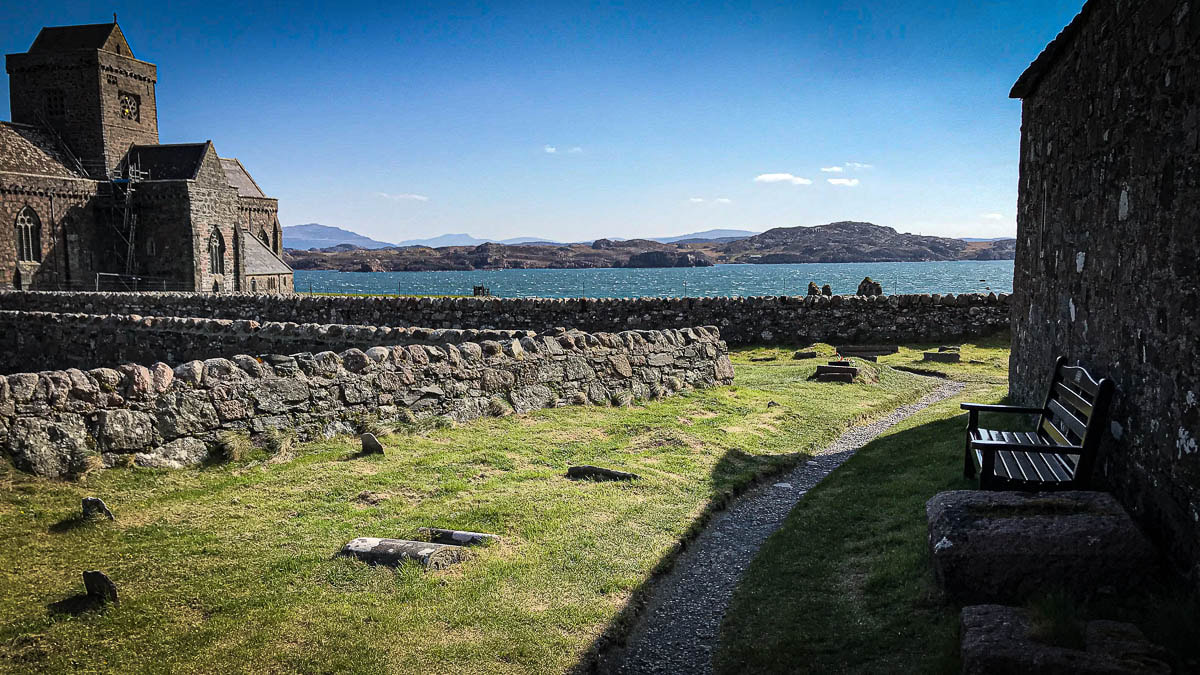
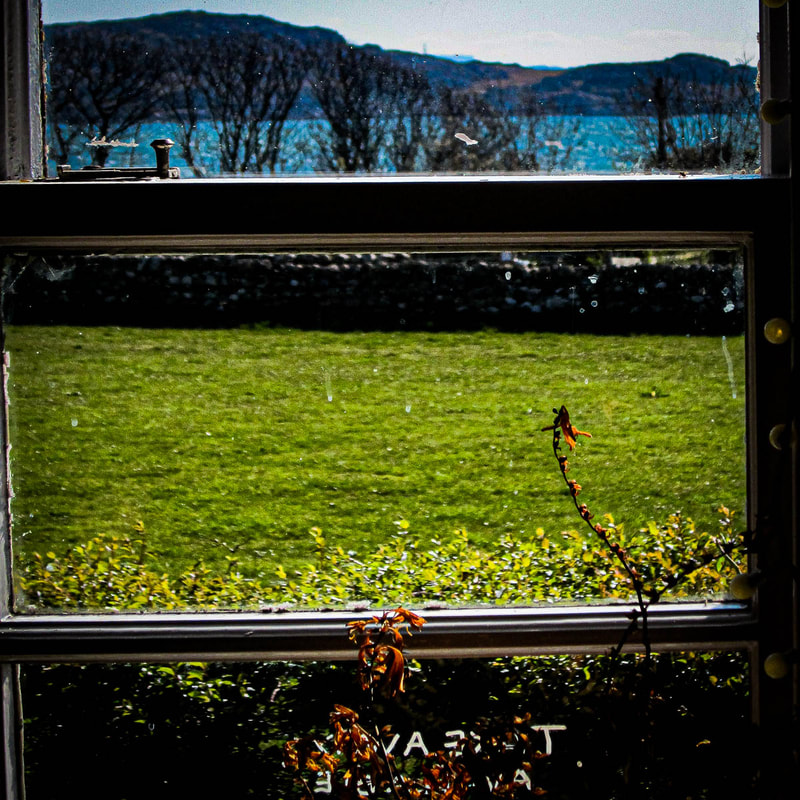
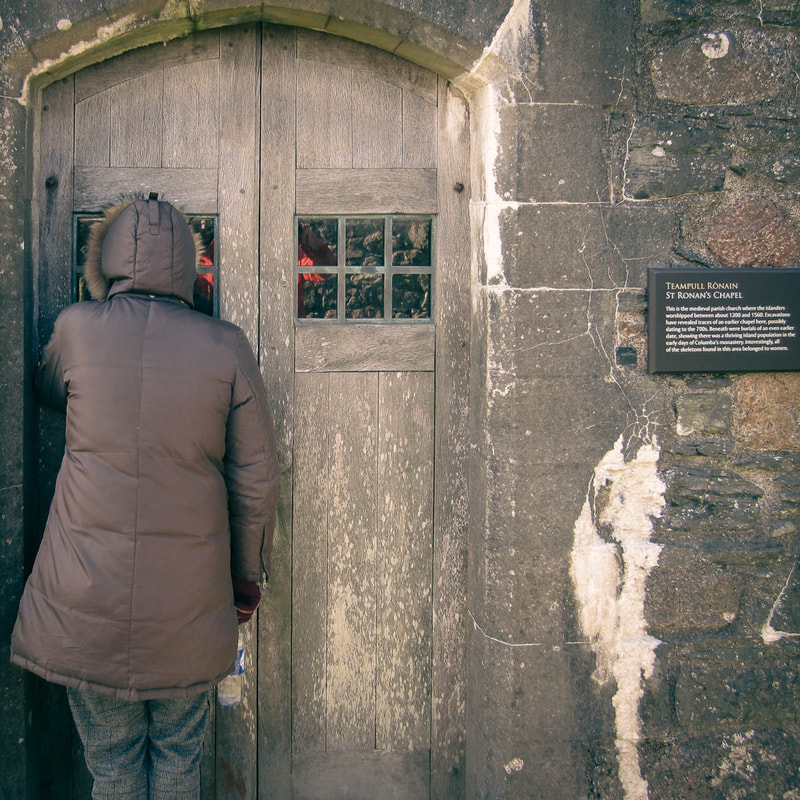
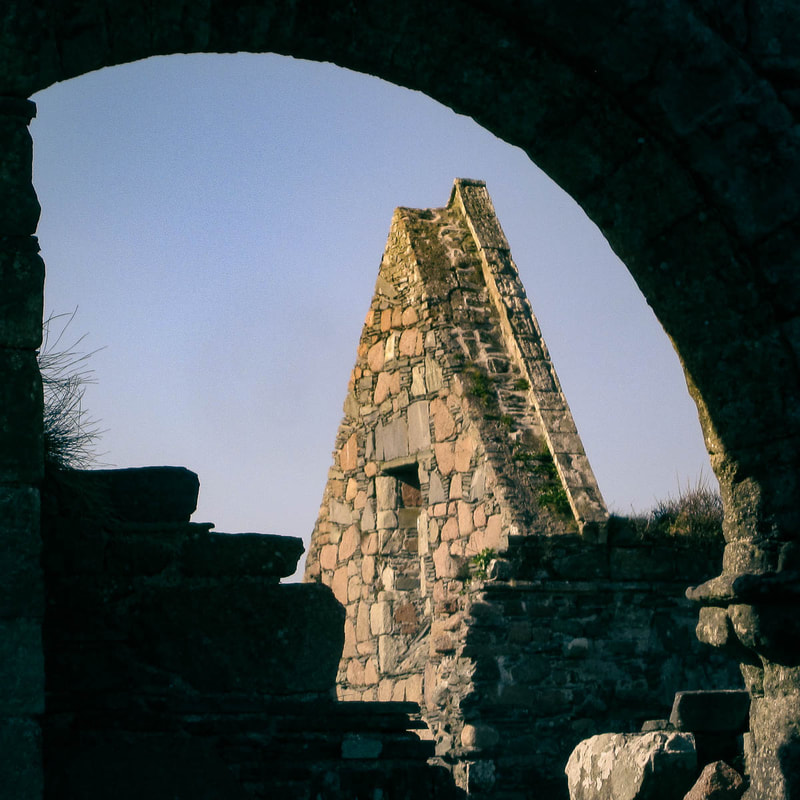
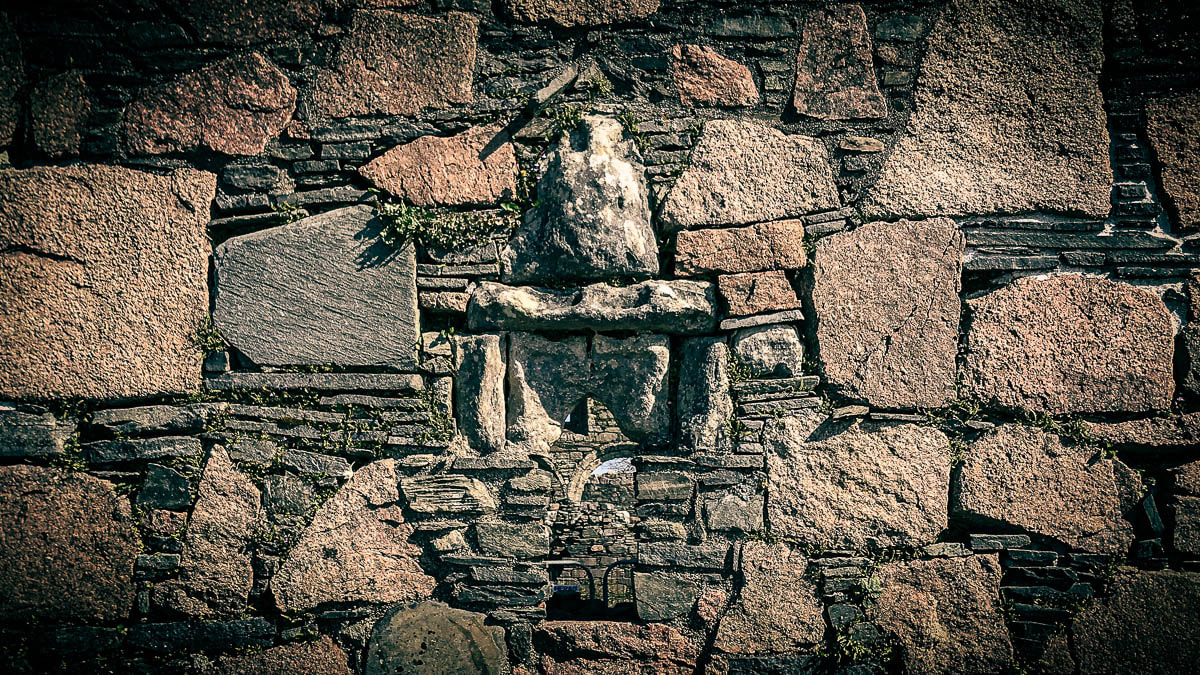
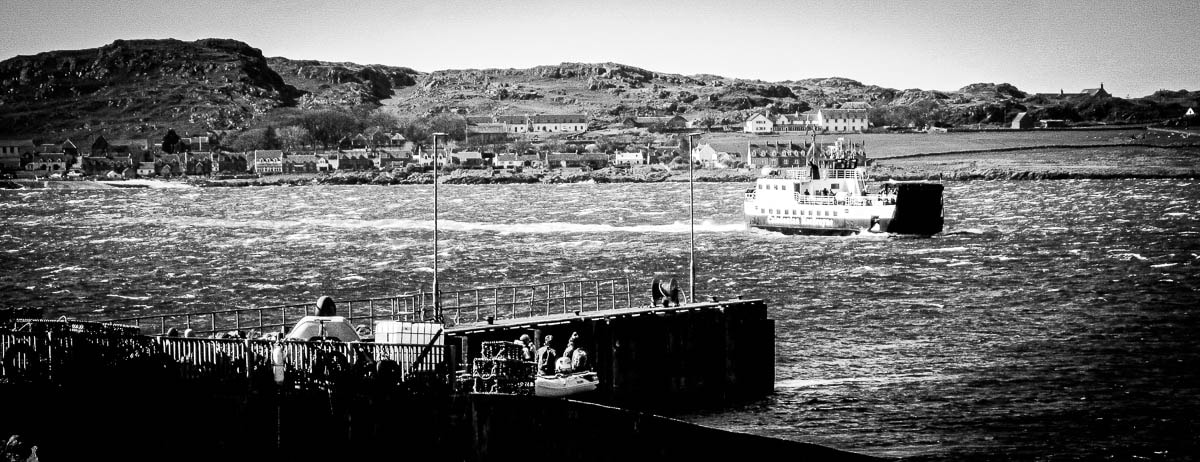
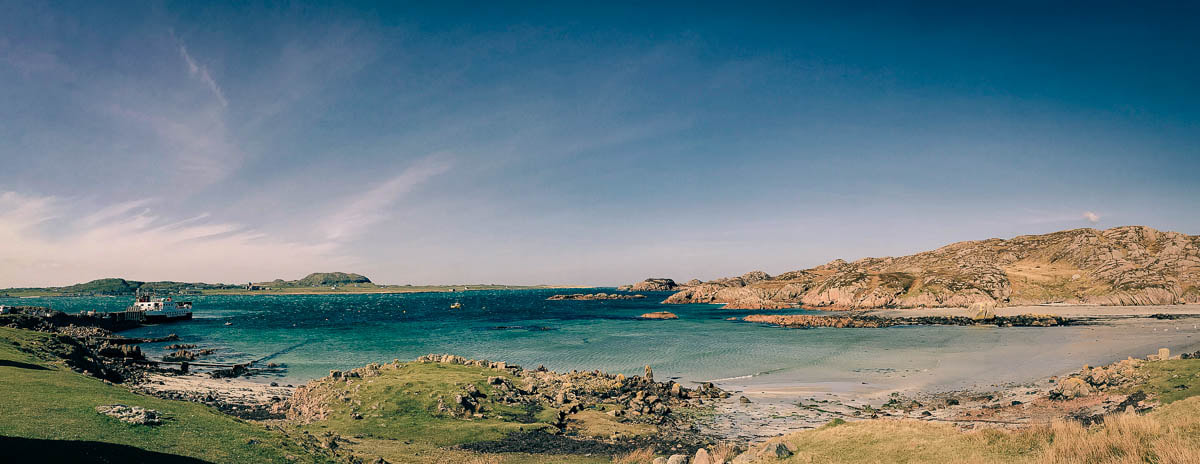
 RSS Feed
RSS Feed